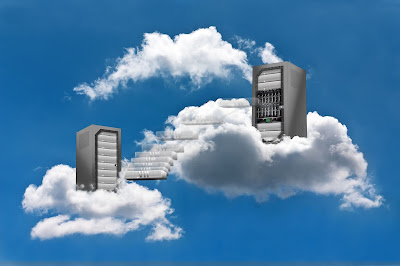The cloud engineer position can be broken into multiple roles, including cloud architect, cloud software engineer, cloud security engineer, cloud systems engineer and cloud network engineer.
Each position focuses on a specific type of cloud computing, rather than the technology as a whole. Companies that hire cloud engineers are often looking to deploy cloud services or further their cloud understanding and technology.
https://aws.amazon.com/what-is-cloud-computing/
DevOps is the combination of cultural philosophies, practices, and tools that increases an organization’s ability to deliver applications and services at high velocity: evolving and improving products at a faster pace than organizations using traditional software development and infrastructure management processes. This speed enables organizations to better serve their customers and compete more effectively in the market.
From my employer's website [edit/red.]:
Robots and artificial intelligence create opportunities of enormous dimensions.
We have developed the market-leading virtual assistant, who has taken the European market by storm. The company is experiencing rapid growth and we are looking for new colleagues to join us at our office in Stavanger, Norway. Become a part of what the World Economic Forum calls "The Fourth Industrial Revolution"!
As an employee in our company, you become a part of a young and dynamic environment with a high degree of freedom for self-development. Your colleagues have exceptional expertise in data and technology, and all developers get access to state of the art equipment.
Our technology stack today consists of Linux, PostgreSQL, Apache, Varnish, Java, Spring, Grails, Groovy, Gradle, Python, Javascript, Lua, Torch, IntelliJ IDEA, Git and Amazon Web Services (hence the aws-amazon links above). We will use any required additional technologies in the future to solve whatever new challenges may arise.








